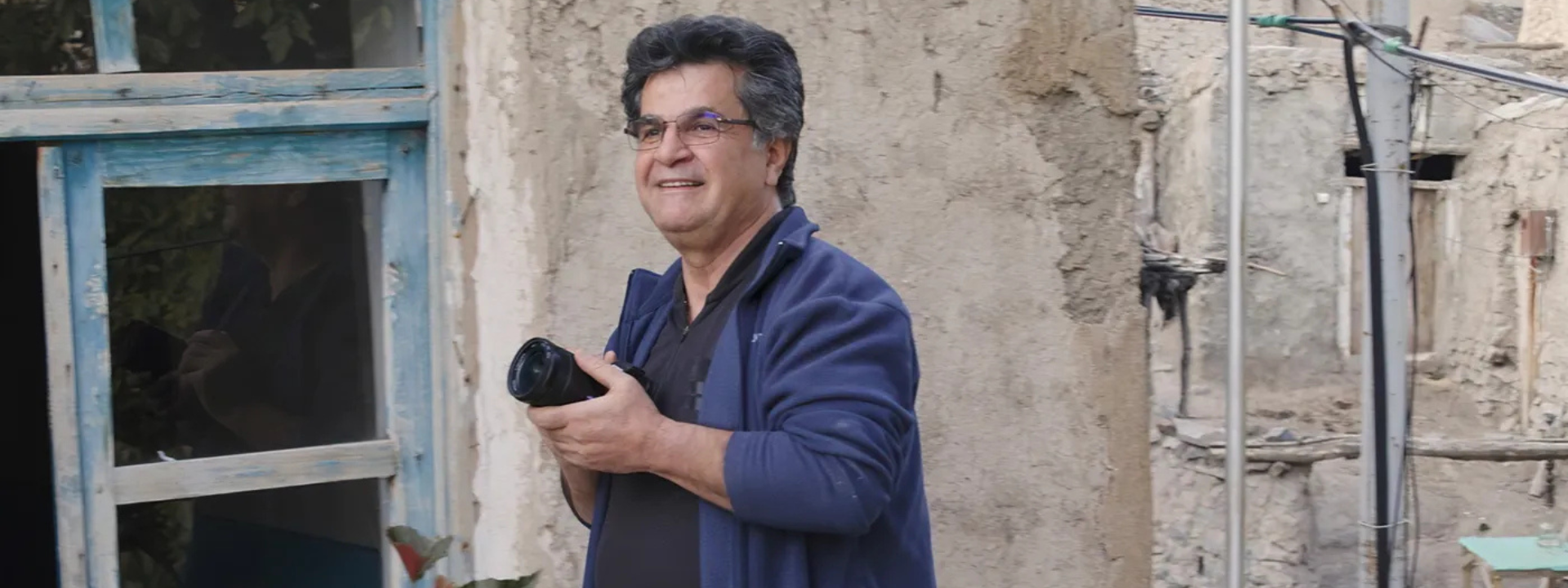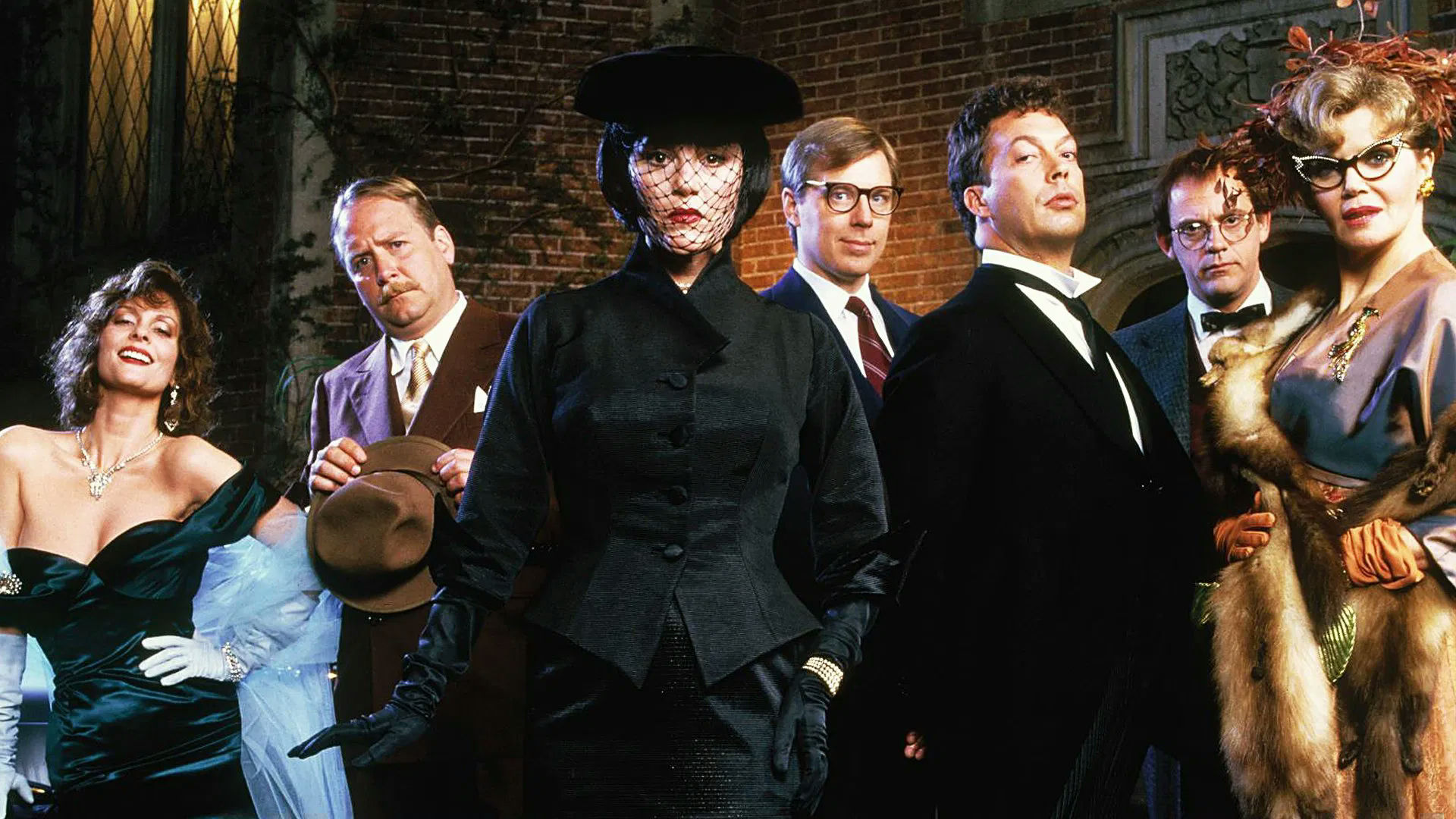All That Jazz: Stardust

By Hilton Als – Aug 25, 2014 - Written for The Criterion Collection
Ladies and gentlemen, may I present for your delectation the American director Bob Fosse, dead for more than twenty-five years now but living on in a series of works that are so remarkable in their individuality and vision that it is not unusual to feel, while watching any number of the shows he conceived for the stage, or any number of his deeply imaginative motion pictures, that one is, still, in the presence of an actual living, breathing person, restless and contemporary, a body that is like one long sentence filled with ideas about sex, ideas about women, ideas about cinema and entertainment and guilt—a sentence that could have gone on and on were it not for Bob Fosse’s actual body betraying the artist one day in 1987, when he was in Washington, D.C., working on a revival of Sweet Charity, a musical he had choreographed and directed on Broadway twenty years before.
It was like a movie death—or a movie death as conceived by Bob Fosse. There was the sixty-year-old choreographer, balding and probably smoking, and there was his confidante and muse, Gwen Verdon (they’d married in 1960, eventually separated, but never divorced), cradling him as his body started to fail, and kept failing, the victim of a fatal heart attack. While that death was the end of Fosse’s body and working life, it was just the start of what one might call the Fosse rip-off, as in certain parts of Rob Marshall’s 2002 film Chicago, which features one dancer made up to look like Verdon, while others strike Fosse-like poses in a backstage world Fosse described first and indelibly—a sphere shaped by always exciting wrongdoing.

In any case, Fosse’s imitators are legion; that’s what happens when you give your life to learning something about your own ultimately unexplainable genius. It must have seemed as though no time had passed, as he lay dying, between that moment and being a boy in Chicago, a born choreographer who worked so hard to articulate, through all those bodies that passed before his discerning, worried eyes, what a shrug meant, what a slide meant, how to contract and then extend in a world that was constantly contracting and extending past the point—seemingly—of human endurance, all the while holding up your gloved hands, those famous Fosse hands, ten digits that, more often than not, the choreographer made look like the instruments that committed original sin, hands that were always grasping for something more dangerous than love, even though there is nothing more dangerous than love, maybe an attitude, one that said, “I don’t care, fuck it.” This kind of deliberate carelessness can certainly look very cool, especially in Fosse’s hands, but that was just part of his act—the theatricalization of indifference—because if you wiped away a little of his pancake, you could tell that he always cared, all the way back there in Chicago, where he was born in 1927, a boy who was in love with his father’s brush with show business, a business his father couldn’t handle, and left long before Robert Fosse or Bob or Bobby was born, but that Fosse, picking up the thread, gave himself to wholeheartedly, as is so often the way, another case of the father not being able to make it but the son will, and before he knew it, Bob Fosse was in Show Business. He was barely in his teens, tapping away in white tie and tails flecked with old, sour makeup, determined to remake his father in a better, more successful image, determined as he sat in one lousy dressing room after another, prone to tits and feathers, primed for the big time, his heart cocked to the valiant, sometimes wrecked ladies of burlesque, because their story was and wasn’t his story: they wanted to be seen as much as Fosse wanted to be seen, tacky heart and all. And to that teenage mind and future director’s mind, those women sporting peeling silver jazz shoes, living on a buck and a wing and a prayer, symbolized, and would always symbolize, all he knew of the world, its—at times—graceful gracefulness and the ways it displayed itself in half-broken footlights, dance routines, memories.

Fosse’s quick-kick-kick-turn but metaphysically heavy graces appeared in all his movies. They were there in Paula Kelly’s and Chita Rivera’s dance-hall girls in his first film as a director, 1969’s Sweet Charity. They were there in the dancers and all-female band in 1972’s Cabaret. They were there as Valerie Perrine’s Honey in 1974’s Lenny. And they were there in Ann Reinking’s, Leland Palmer’s, and Jessica Lange’s performances in his most ambitious movie, 1979’s All That Jazz. (Fosse’s final flick, Star 80, released in 1983, is his quietest movie, a chamber piece about purity and image and the violence men can and often do inflict on women when that reassuring gaze is taken away, the mouth brushed away from the tit.)
Produced and co-written by Robert Alan Aurthur, All That Jazz is a world of bodies. We begin with bodies yearning to be validated—dancers auditioning for a spot in a Broadway show—even as the receptacle of that yearning, the director, Joe Gideon (Roy Scheider), chips away at his body; nothing is real for Joe without suffering, especially his own story. Joe wants fantasy to be real, or he wants the real to be more fantastic, loose, a series of improvised gestures, free of the guilt he always feels. Part of All That Jazz takes place in Fosse’s version of Orpheus’s underworld. There, Gideon talks with, flirts with, and eventually dies in the embrace of Angelique (Jessica Lange), a blonde angel of death.

The space where Gideon and Angelique—the film has many religious references, such as Joe’s biblical name and Angelique’s mythological one—dance their dance of death looks like a sort of abandoned stage set. It’s filled with props, old costumes, signs, and flashing lights, the razzmatazz of showbiz, but the action here is slower, more contemplative, as we watch the events of Joe’s past life being inter-cut with his present-day existence as a director trying to make a troubled show work, make his relationships work, while simultaneously avoiding and being attracted to death as beauty, death as the final curtain and biggest show on earth.
Fosse films Angelique through a series of veils—illusory curtains that contrast beautifully with Reinking’s open face, and Palmer’s. As the director’s girlfriend and former wife but always muse and artistic partner, respectively, the women struggle to tell Joe the truth, even as they sometimes struggle not to face the truth of their love for him. The why of their love hangs in the air between their open faces and Joe’s face, even as, in one fantasy sequence, he directs them in mini-extravaganzas that comment, a trifle too ironically, on their relationship to him, or his to the truth. But it’s easy to forgive Fosse this kind of indulgence, because, well, that’s showbiz too— making small moments big, and being dazzled by one’s own legitimate interest in creating a world filled, in frame after frame, with shine.
To read more about "All That Jazz" by Hilton Als, visit the Criterion website here.
Get Tickets to All That Jazz




%402x.svg)